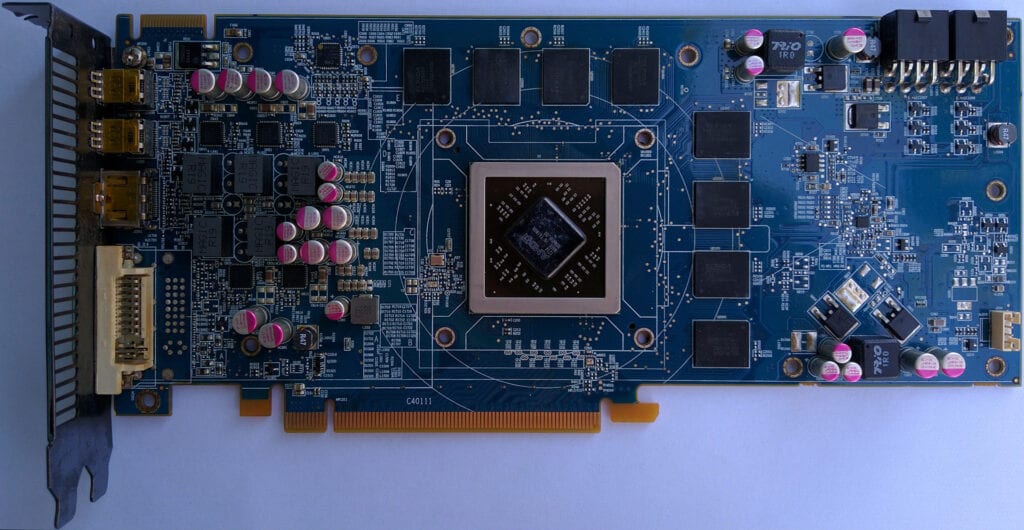
The AMD Radeon HD 7870 video card was released back in 2012, and later, over the past 8 years since its release, it underwent incarnation first in the Radeon R9 270 / 270X, and then, albeit in a somewhat truncated version, in the Radeon R9 370.
In those old days, when the Radeon HD 7870 was still relevant and was sold in every computer store, it barely coped with the GeForce GTX 660 Ti, often losing to it, and in fact competing with the simpler GeForce GTX 660 card. But as time went on, NVIDIA released its 900th GeForce series and stopped optimizing drivers for its 600th and 700th series of video cards. On the other hand, AMD continued to actively optimize its software for cards with GCN 1.0 architecture (HD 7000, as well as partially R9 200 and R9 300).
However, the reason for this act was not AMD’s “kindness”. Here, the lack of new mainstream video cards from the “red” company played into the hands of users, because of which the HD 7870 was first renamed (and slightly overclocked) into the Radeon R9 270X, and then into the Radeon R9 370 with hardware truncation of characteristics.
Thus, the production of up-to-date drivers with many optimizations and fixes for the Radeon HD 7870 lasted until the release of the Radeon RX 460, and some optimizations were carried out even a year after the release of the 400 series. In other words, owners of HD 7000 video cards received fresh, and most importantly, optimized drivers for more than 5 years.
If you look at the research of our colleagues from other resources over the past 8 years, it becomes very clear that from a competitor to the GeForce GTX 660/660 Ti, the Radeon HD 7870 turned into a serious opponent for the GTX 670/760, and depending on the game, even for GTX 680/770.
Unfortunately, at the moment, our lab does not have a GTX 680, so in our study we will limit ourselves to comparing only the GTX 670. However, as soon as we manage to get hold of a GTX 680, we will definitely compare it with the HD 7870.
In addition, among the interesting and rather amusing features of the HD 7870, we can conditionally note the similar power of the GPU with the GPU installed in the consoles of the current generation PlayStation 4 and Xbox One. This fact, especially in the conditions of 2020, makes the study of the performance of the Radeon HD 7870 video card even more exciting, at least for a small segment of enthusiasts.
Welcome to the latest material from the September bench session!
Video card
We got into our hands a very amusing and impressive sample of AMD Radeon HD 7870 performed by HIS, the Radeon HD 7870 IceQ Turbo model.


This video adapter has a massive cooling system with a radial-type fan, which initially speaks not at all in favor of the quietness and quality of the card cooling, nevertheless, in practice, the Radeon HD 7870 IceQ Turbo is the most pleasant video card to use: cold and quiet. An exception, and at the same time a huge disadvantage of this model, I would call the absence of cooling elements on DrMOS assemblies, which to some extent may affect the durability of their service, as well as the overclocking potential of the card.
Board and power system
In fact, the Radeon HD 7870 IceQ Turbo PCB is based on AMD reference designs using the blue HIS color scheme:
As a power controller on the IceQ Turbo Radeon HD 7870, there is used the CHiL CHL8225; as DrMOS there are six RENESAS 20658 assemblies:
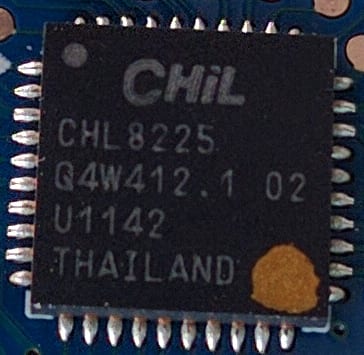
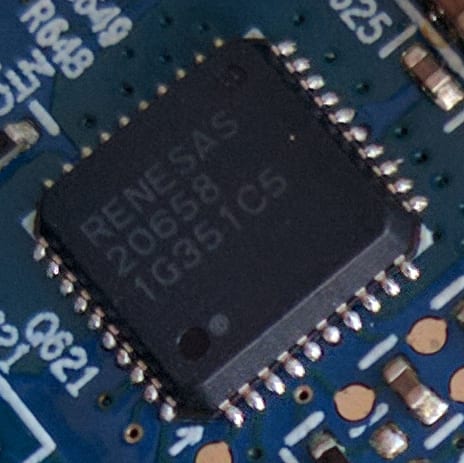
I would like to note that without special coolers, RENESAS 20658 microcircuits get quite hot, which is noticeable even with the naked eye by the clearly darkened PCB around them. Moreover, it will not work to complain about the reference design of the board, since in the case of a turbine from AMD, the elements of the power system are perfectly cooled by a heat-distributing plate. An extremely strange decision on the part of the manufacturer to leave such hot assemblies without active cooling.
GPU and memory
As a GPU, the HD 7870 video card received a full version of the Pitcairn XT chip in a configuration of 32 rendering units, 80 texture units and 1280 stream processors.
With the Pitcairn XT chip, there are 2GB of GDDR5 video memory with a 256-bit interface, recruited with eight 2-gigabit (256-megabyte) Elpida video memory chips labeled W2032BBBG -50-F.
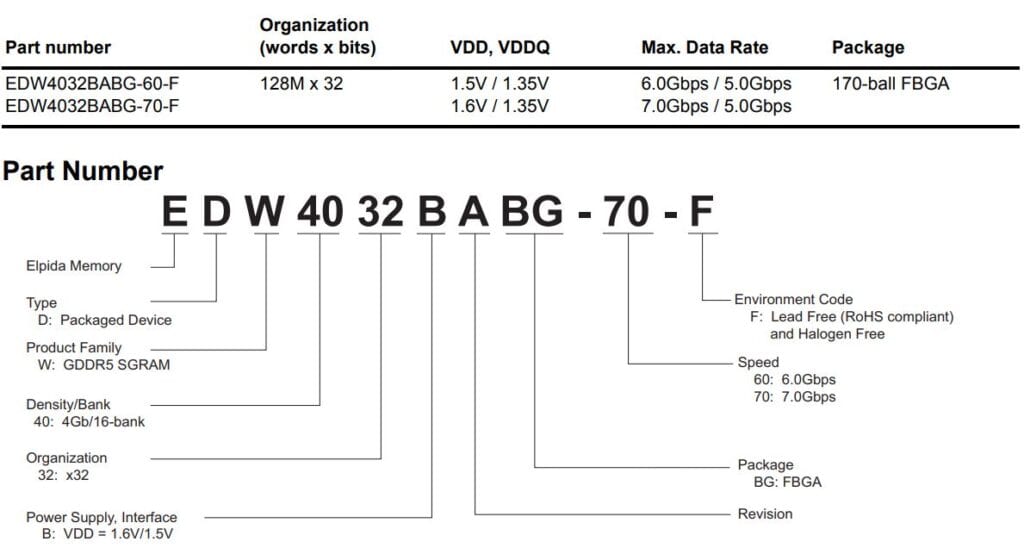
According to the official datasheet, these chips are designed to operate at an effective frequency of 5000MHz, however, on this card they operate only at 4800MHz, which is equal to a theoretical bandwidth of 153GB/s.

The GPU-z utility confirms all the above characteristics, adding to them information about the HD 7870’s support for technologies such as OpenCL, Vulcan, OpenGL 4.6 and DirectX 12. But you shouldn’t be encouraging, the latter is more a convention than a real advantage, since, for example, the popular project of game guru Hideo Kojima – “Death Stranding” never launched on the Radeon HD 7870 video card, complaining about the lack of full support for API DirectX 12.
Energy consumption


When testing the HD 7870 in the FurMark stress test, the power consumption of the video card was ~ 120 watts, which is significantly lower than the 170 watts consumed by the GTX 670. However, it is worth noting that the AMD card’s performance is somewhat blurry and the figures quoted were obtained from amperes per watt conversion. While the NVIDIA card initially displays the indicators in watts.
Therefore, it was decided to measure the consumption of the entire test setup from the outlet. However, even in this case, the AMD card turned out to be slightly more economical. The total consumption of the test ыуегз with the HD 7870 was 286 watts, while with the GTX 670 power consumption of the system slightly exceeded 320 watts.
Test setup:
- Processor — Xeon E5-2620 v3@3200MHz (unlocked Turbo Boost frequency);
- Video cards — HIS IceQ Turbo Radeon HD 7870 (1100/4800MHz, Power Limit +20%) and Gainward GeForce GTX 670 2GB DDR5 (1175/6600MHz, Power Limit 122% (122% is the maximum for this version of the GTX 670));
- Motherboard — Kllisre X99-D8 (AD12) with modified BIOS to unlock full turbo boost frequency;
- RAM — G.SKILL DDR4@1866MHz 4 x 4GB F4-2400C15S-4GNT, 16GB total (10-10-10-24 timings);
- SSD — KINGSTON 120GB SA400S37120G;
- HDD — Seagate 2TB ST2000DM008-2FR102;
- Power supply — Chieftec GPS-1250C.




Games and graphics settings:
All the games presented in the HD 7870 video card testing have been updated to the latest or stable version.
- Assassin’s Creed Odyssey — DirectX 11, resolution 1920×1080 (render 1920×1080), low graphics quality settings;
- Control Ultimate Edition — DirectX 11, resolution 1920×1080 (render 1366×768), low graphics quality settings;
- Counter-Strike: Global Offensive — DirectX 9, resolution 1920×1080 (render 1920×1080), high graphics quality settings;
- Crysis Remastered – DirectX 11, resolution 1920×1080 (render 1920×1080), low graphics quality settings;
- Destiny 2 — DirectX 11, resolution 1920×1080 (render 1920×1080), medium graphics quality settings;
- Far Cry 5 – DirectX 11, resolution 1920×1080 (render 1920×1080), low graphics quality settings;
- For Honor — DirectX 11, resolution 1920×1080 (render 1920×1080), high graphics quality settings;
- Fortnite — DirectX 11, resolution 1920×1080 (render 1920×1080), medium graphics quality settings;
- Horizon Zero Dawn (testing was carried out on patch 1.05) — DirectX 12, resolution 1920×1080 (render (70%) ~ 1280×720), ultra low graphics quality settings;
- Mafia: Definitive Edition -DirectX 11, resolution 1600×900 (render 1600×900), low graphics quality settings;
- Red Dead Redemption 2 — Vulcan, resolution 1600×900 (render 1600×900), ultra low graphics quality settings;
- Remnant: From the Ashes — DirectX 11, resolution 1920×1080 (render 1920×1080), medium graphics quality settings;
- Tom Clancy’s The Division 2 — DirectX 11, resolution 1920×1080, render 1920×1080), low graphics quality settings;
- Star Wars Jedi: Fallen Order – DirectX 11, resolution 1600×900 (render 1600×900), average graphics quality settings;
- Watch_Dogs 2 — DirectX 11, resolution 1920×1080 (render 1920×1080), high graphics quality settings;
- World of Tanks – DirectX 11, resolution 1920×1080 (render 1920×1080), high graphics quality settings;
For more detailed graphic settings, you can see the video recording of testing the Radeon HD 7870, which is located at the end of this material.
Testing and comparing the video card Radeon HD 7870 with GeForce GTX 670 in 16 games:
Assassin’s Creed Odyssey



Control Ultimate Edition



Counter-Strike: Global Offensive



Crysis Remastered



Destiny 2



Far Cry 5



For Honor

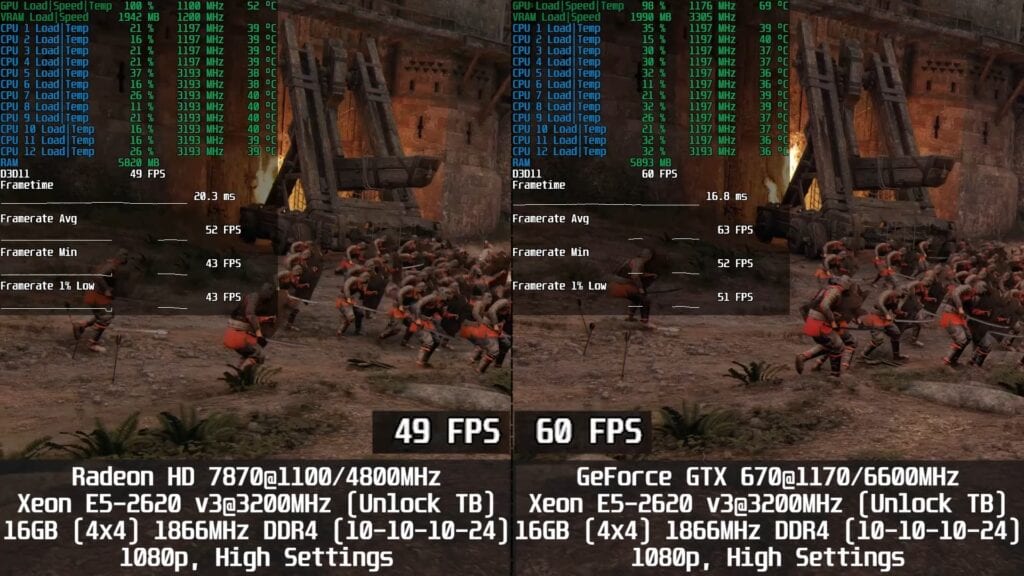

Fortnite
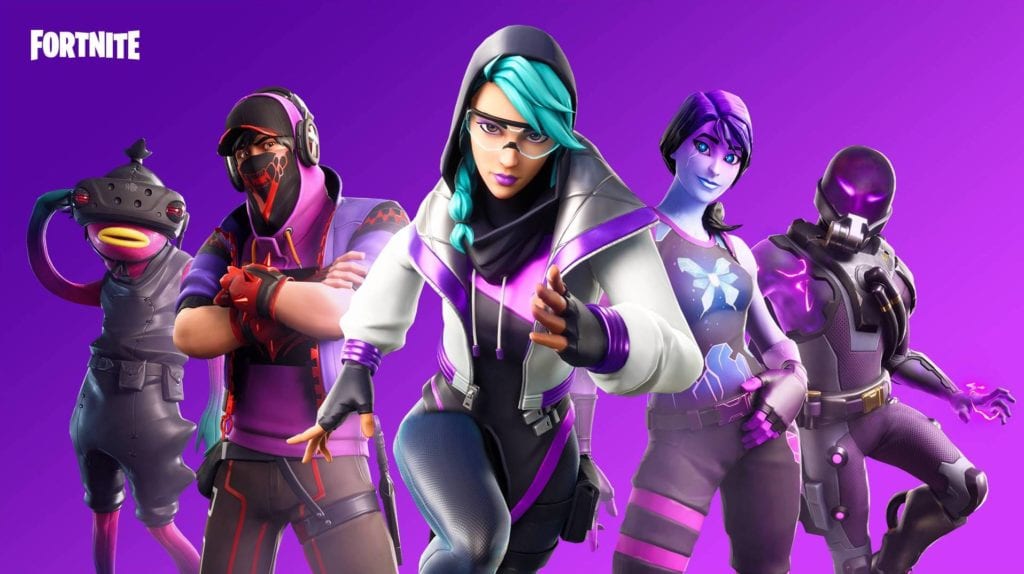


Horizon Zero Dawn

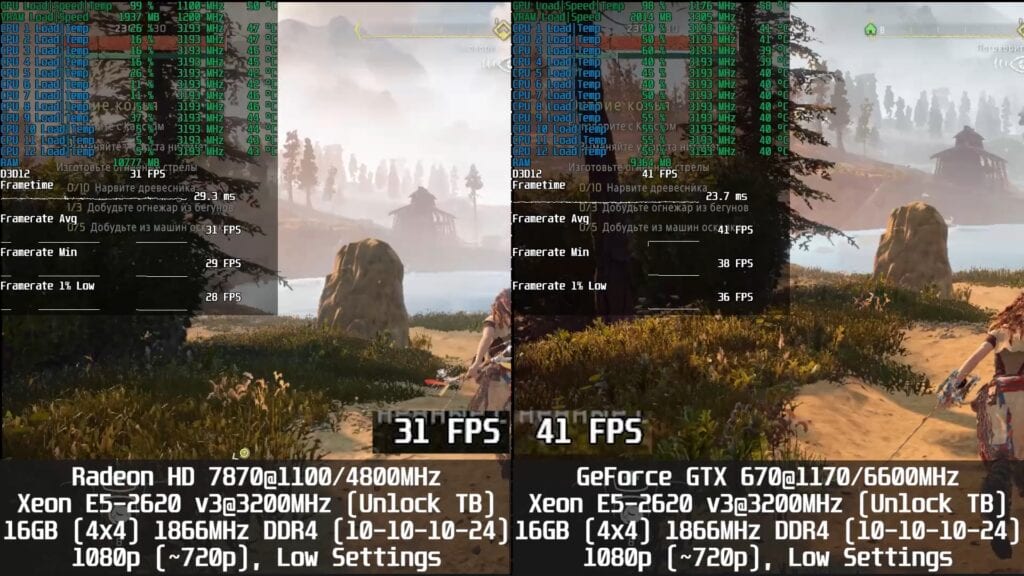

Mafia: Definitive Edition



Red Dead Redemption 2


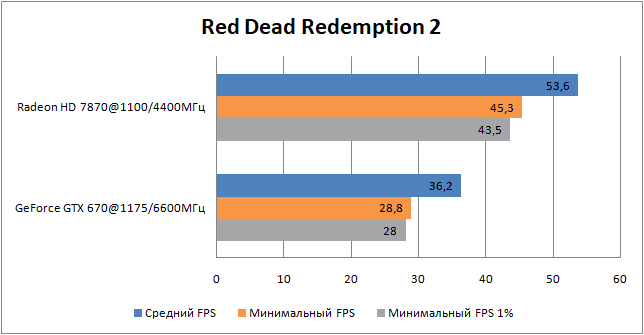
Remnant: From the Ashes

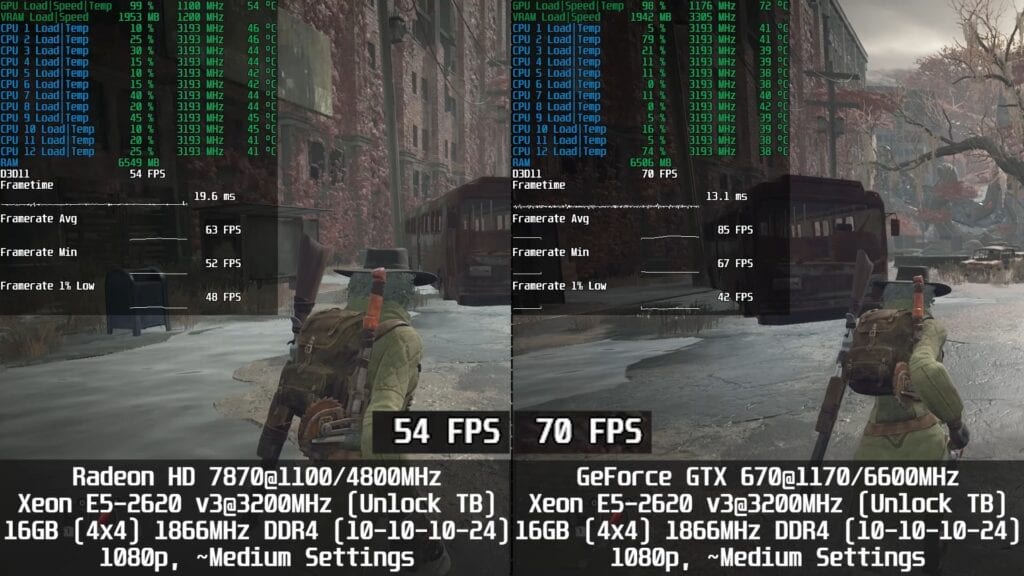

Tom Clancy’s The Division 2



Star Wars Jedi: Fallen Order



Watch_Dogs 2
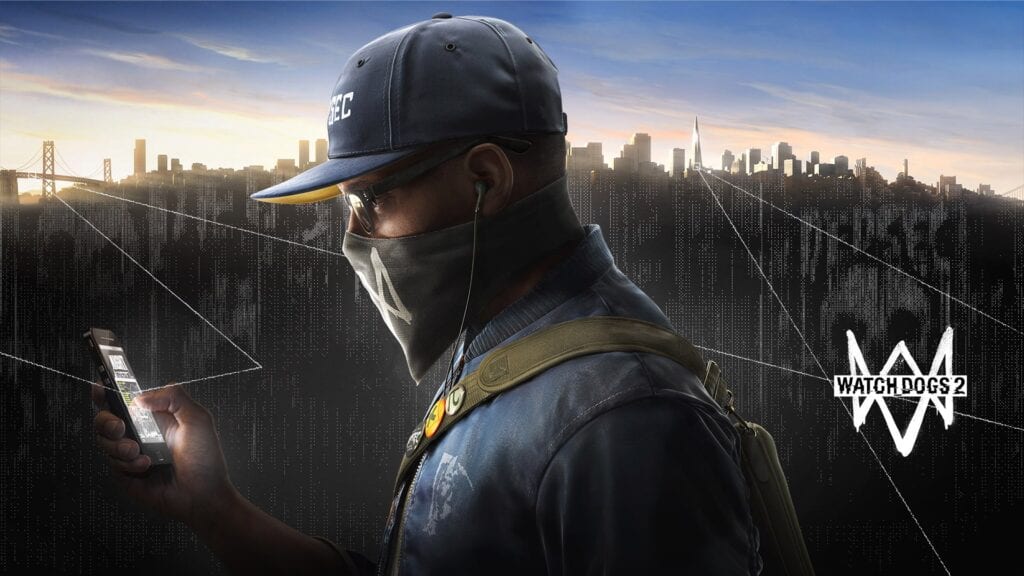


World of Tanks



Below is a video of testing the Radeon HD 7870 in 16 games. Please note that for the above graphs, the FPS indicators were taken without “eating” some video recording performance. Therefore, in the video, the frame rate values are slightly lower than in the graphs.
Well, let’s summarize. And there is really something to talk about, because the results obtained turned out to be very, very ambiguous, see for yourself:
| Game | Radeon HD 7870 | GeForce GTX 670 |
| Assassin’s Creed Odyssey | + | |
| Control Ultimate Edition | + | |
| Counter-Strike: Global Offensive | + | |
| Crysis Remastered | + | |
| Destiny 2 | ~ | ~ |
| Far Cry 5 | + | |
| For Honor | + | |
| Fortnite | + | |
| Horizon Zero Dawn | + | |
| Mafia: Definitive Edition | + | |
| Red Dead Redemption 2 | + | |
| Remnant: From the Ashes | + | |
| Tom Clancy’s The Division 2 | + | |
| Star Wars Jedi: Fallen Order | + | |
| Watch_Dogs 2 | ~ | ~ |
| World of Tanks | + | |
| Итого: | 6 | 8 |
In 6 out of 16 games tested, the HD 7870 was faster than the GTX 670, while the latter was able to outperform the main character in 8 out of 16 projects. However, here it is worth paying attention to the relevance and direction of certain games.
For example:
HD 7870 showed amazing results in Red Dead Redemption 2, actually twice overtaking the GTX 670. Also, the “red” card outstripped its “green” competitor in Tom Clancy’s The Division 2. And these are two multiplayer and very large projects in which gamers spend tens of hours. In addition, HD 7870 pulled ahead in such single projects as Control, Assassin’s Creed Odyssey, Far Cry 5 and Mafia: Definitive Edition.
At the same time, the GeForce GTX 670 turned out to be significantly faster than the HD 7870 in such story-driven single-player games as Horizon Zero Dawn, Crysis Remastered and Star Wars Jedi: Fallen Order, as well as bypassed the HD 7870 in such multiplayer projects as World of Tanks, Remnant : From the Ashes, Fortnite and For Honor.
Conclusion
I suppose it is quite obvious that according to the data, the victory goes to the GeForce GTX 670. But only subjectively, looking at the performance of both cards in the tested projects (especially in Red Dead Redemption 2 and Remnant: From the Ashes), it is rather difficult to choose an unambiguous leader. However, I hope that we have provided you with food for thought, and you can always share your conclusions and opinions on the results of our tests in the comments below.
Thank you for your attention and see you new articles!
If this material turned out to be useful to you and you would like to see more similar articles on this resource, then please support our site on Patreon! The main goal of fundraising is to expand the component park and improve the quality of testing: replacing the HDD with a voluminous SSD, buying a capture card to reduce the impact of gameplay recording using ShadowPlay on the final results, and so on).
Also, I would like to express my special gratitude to the already signed patrons! Your support is extremely important to us!
